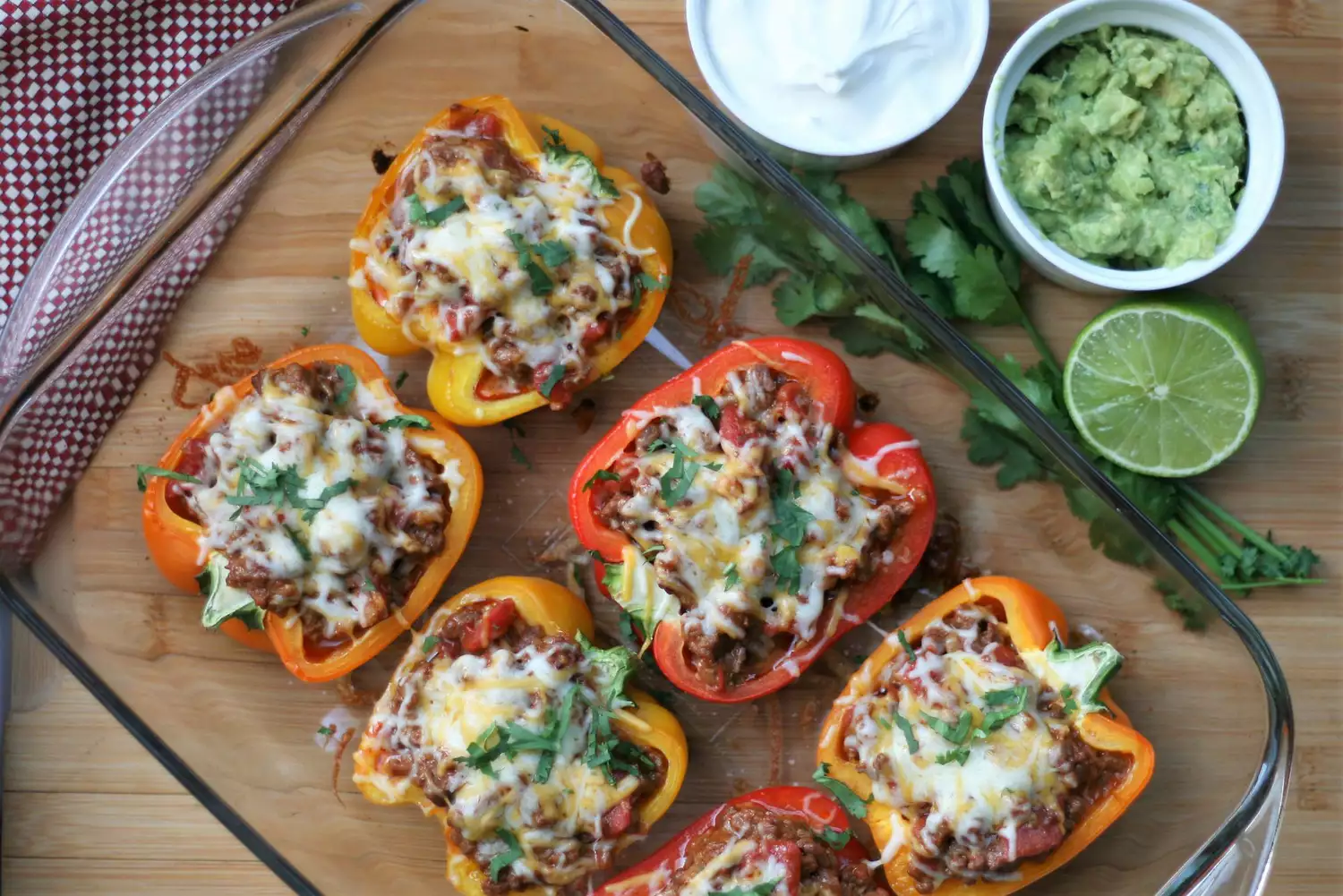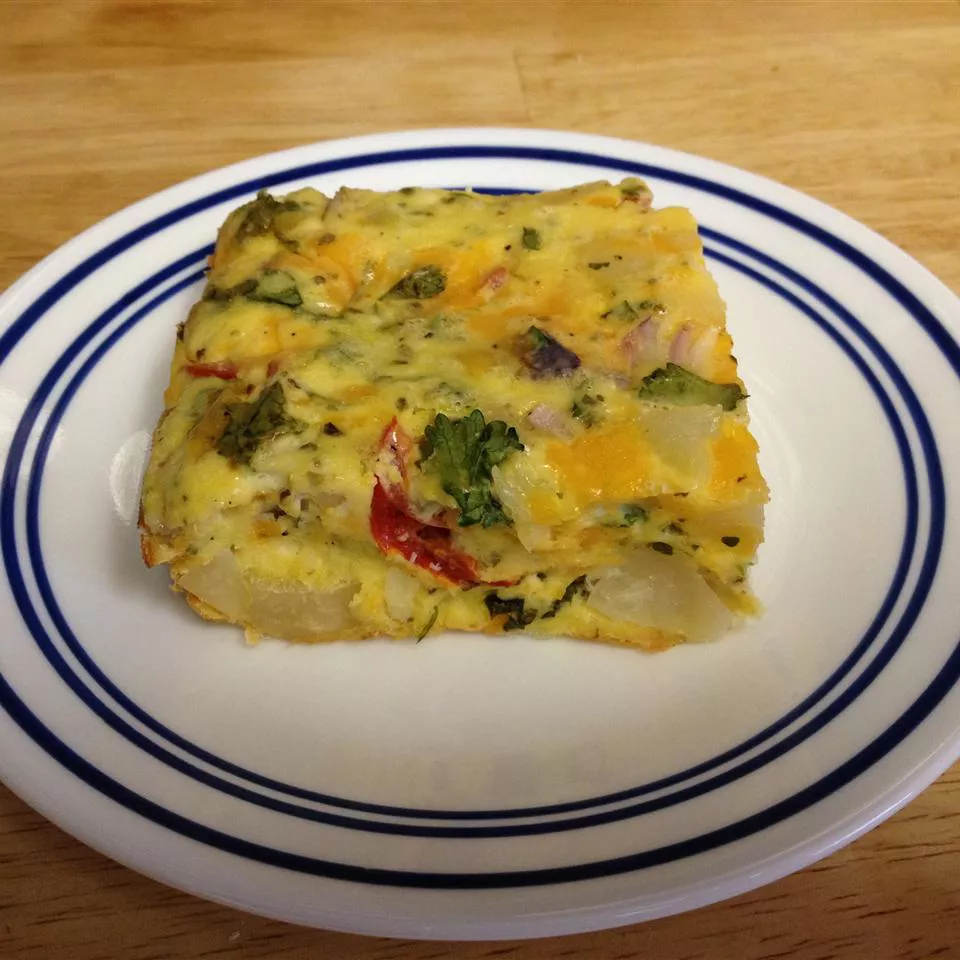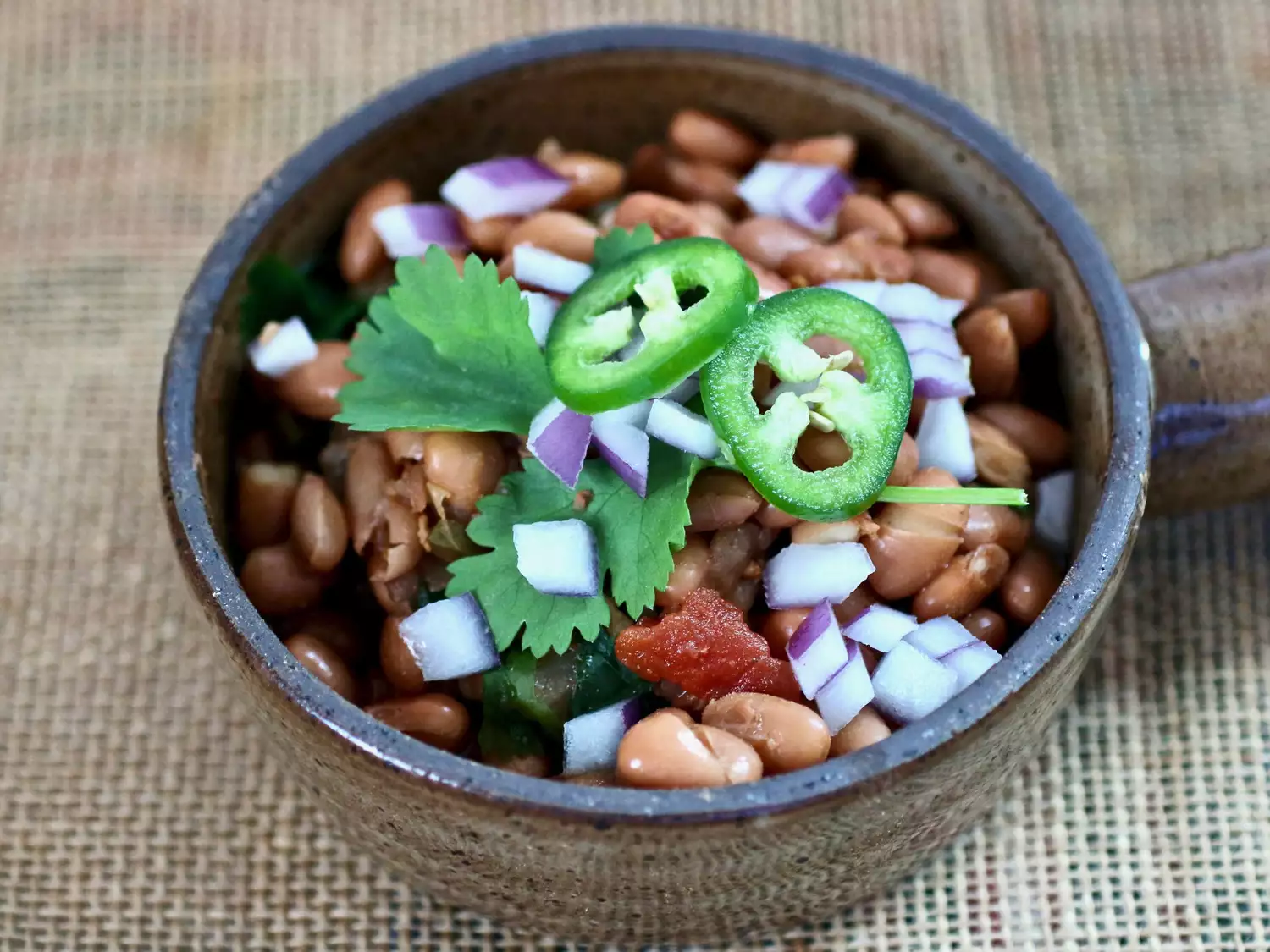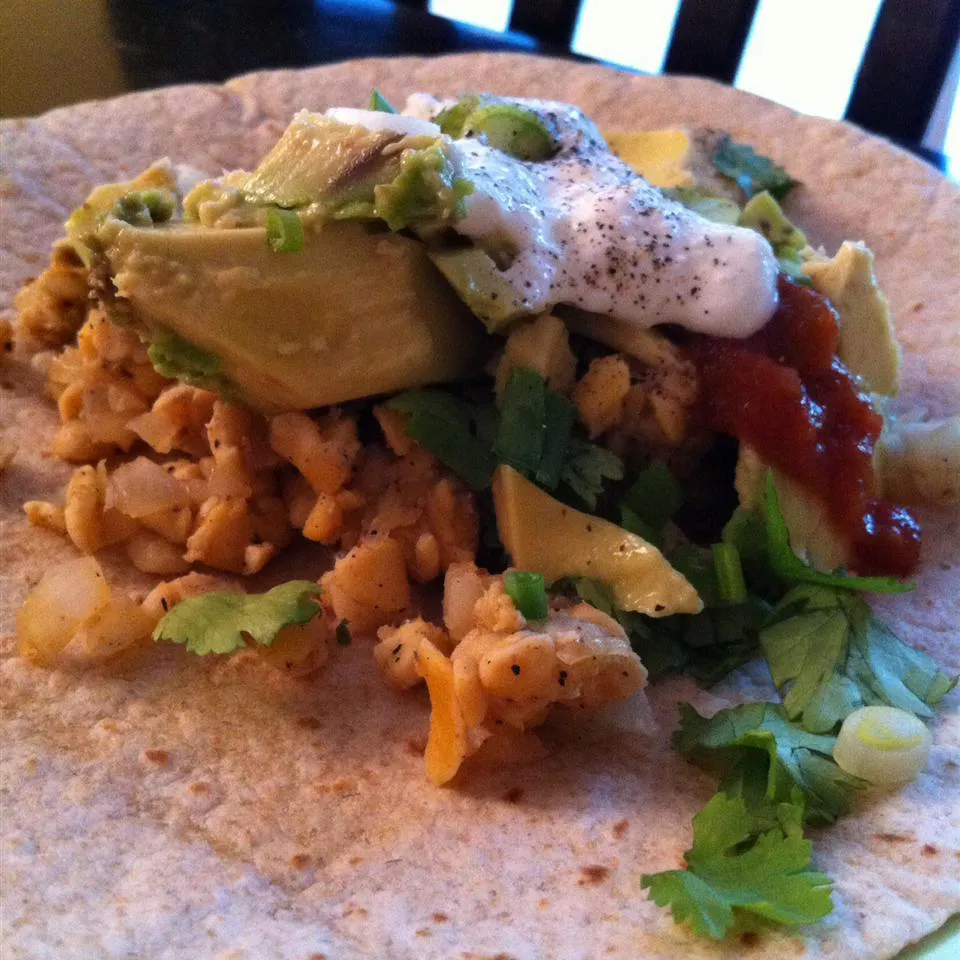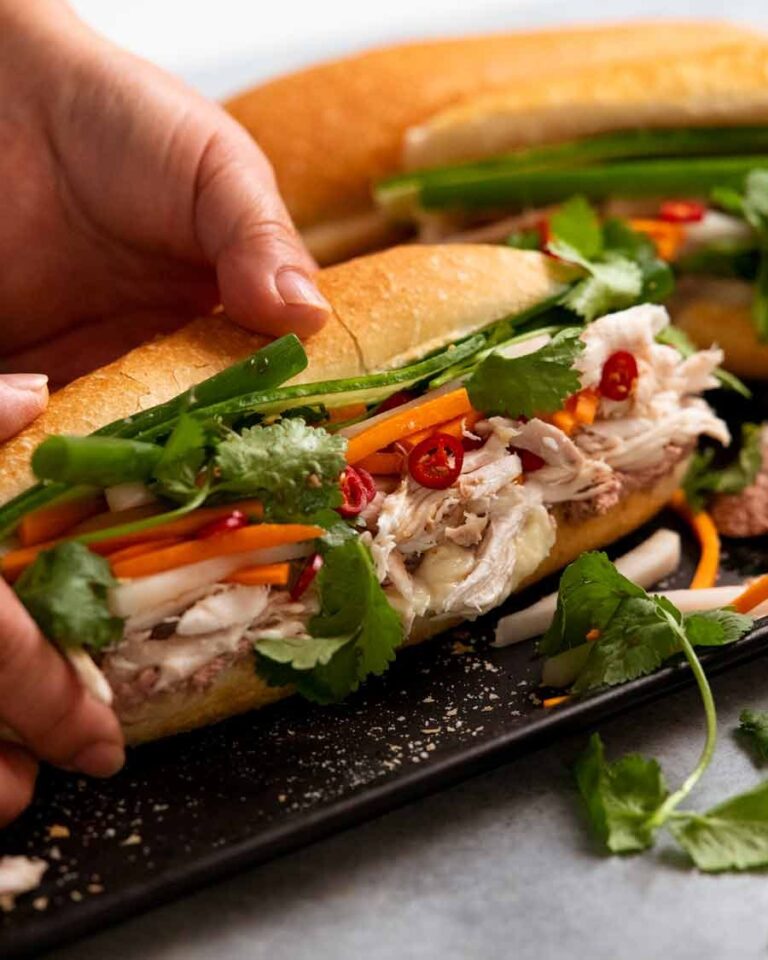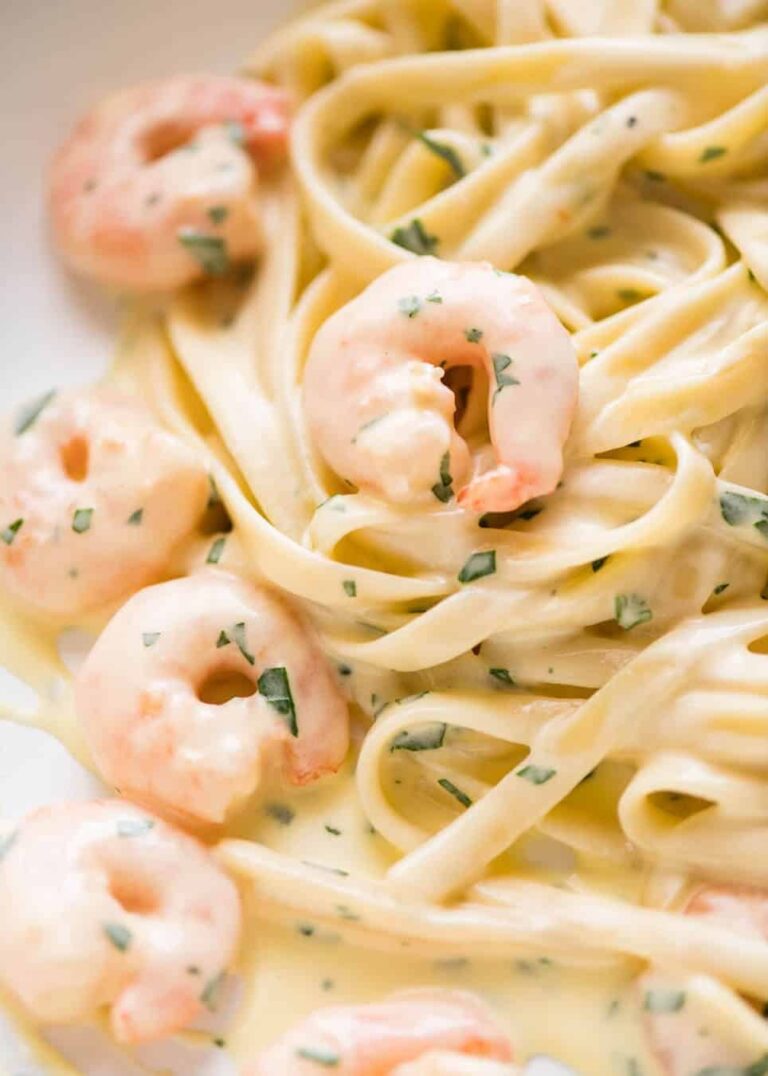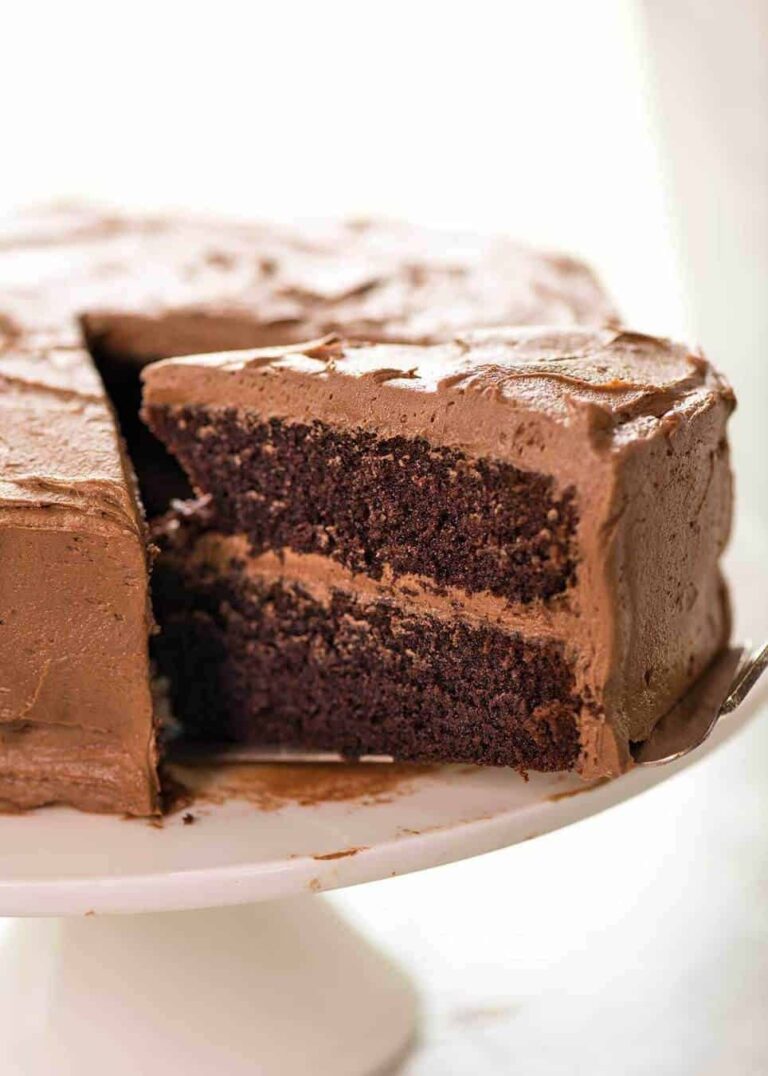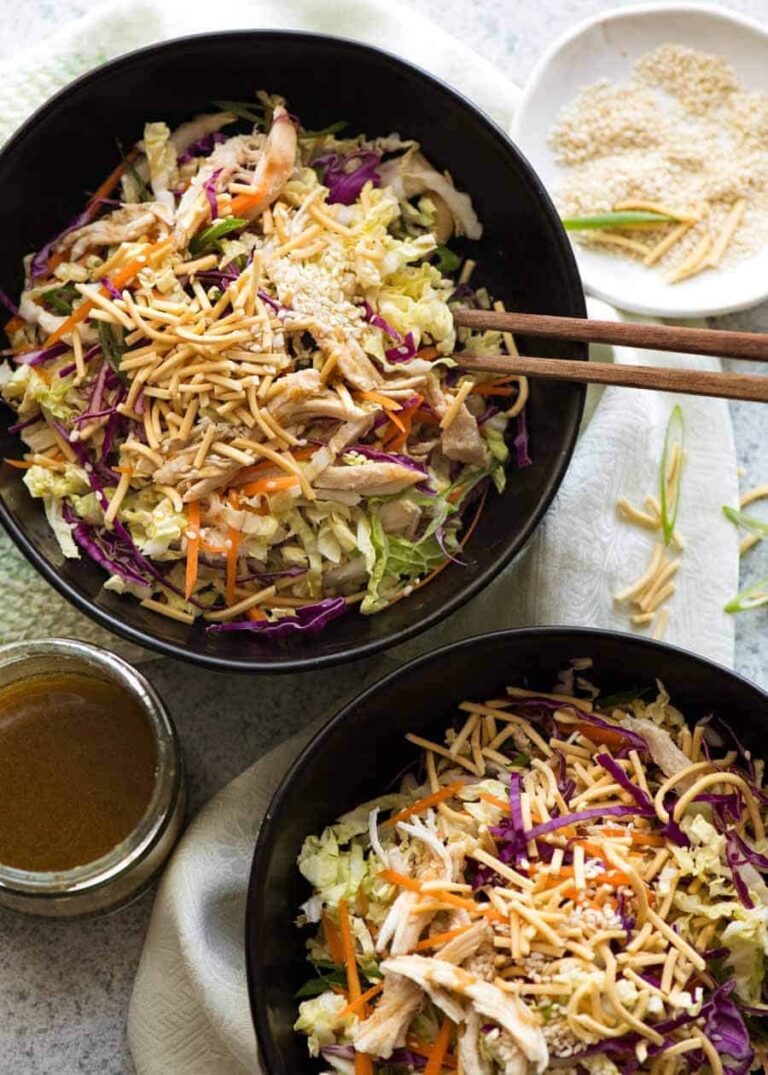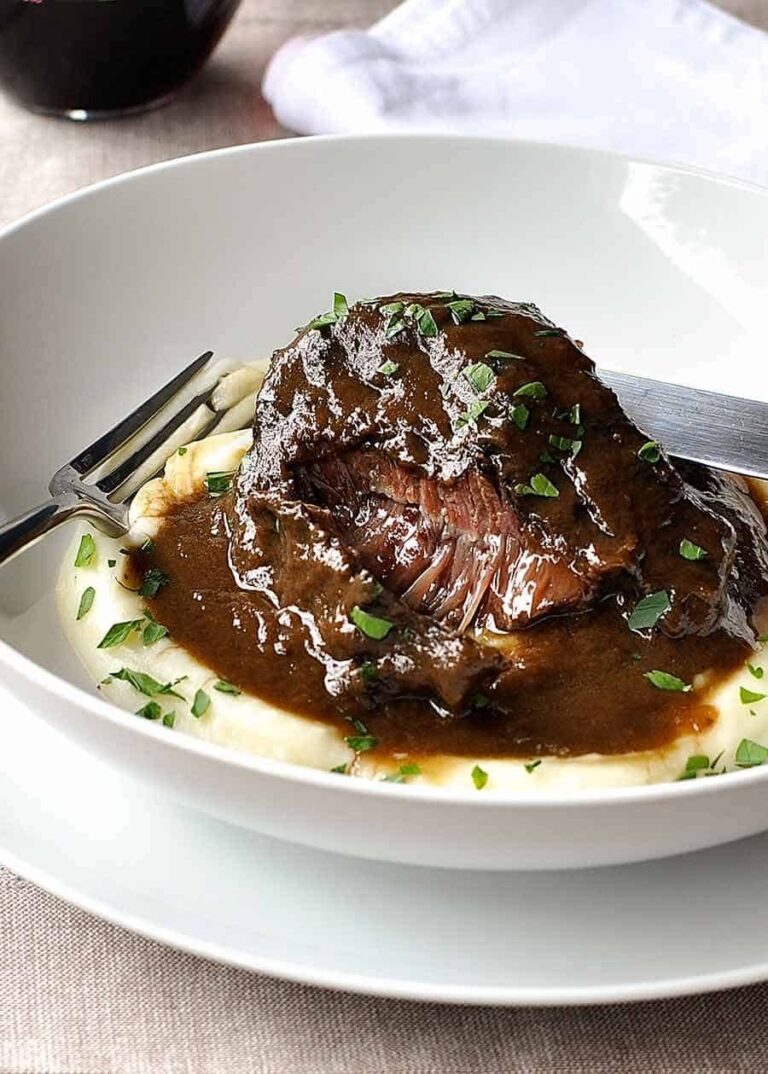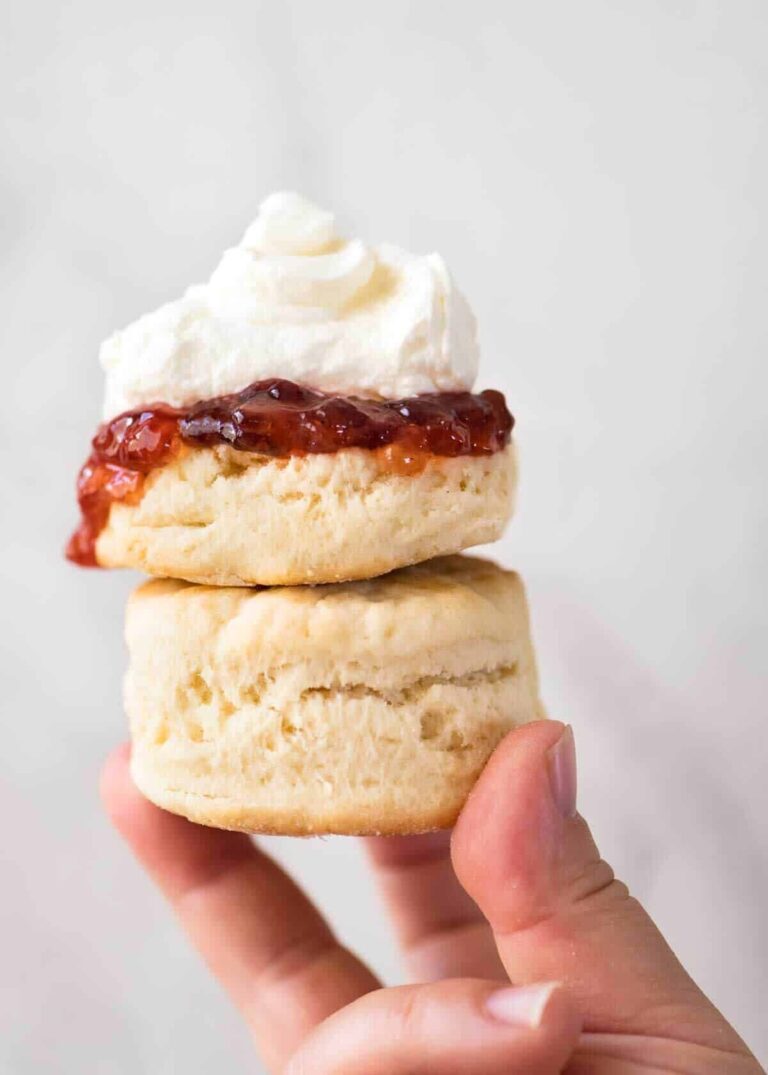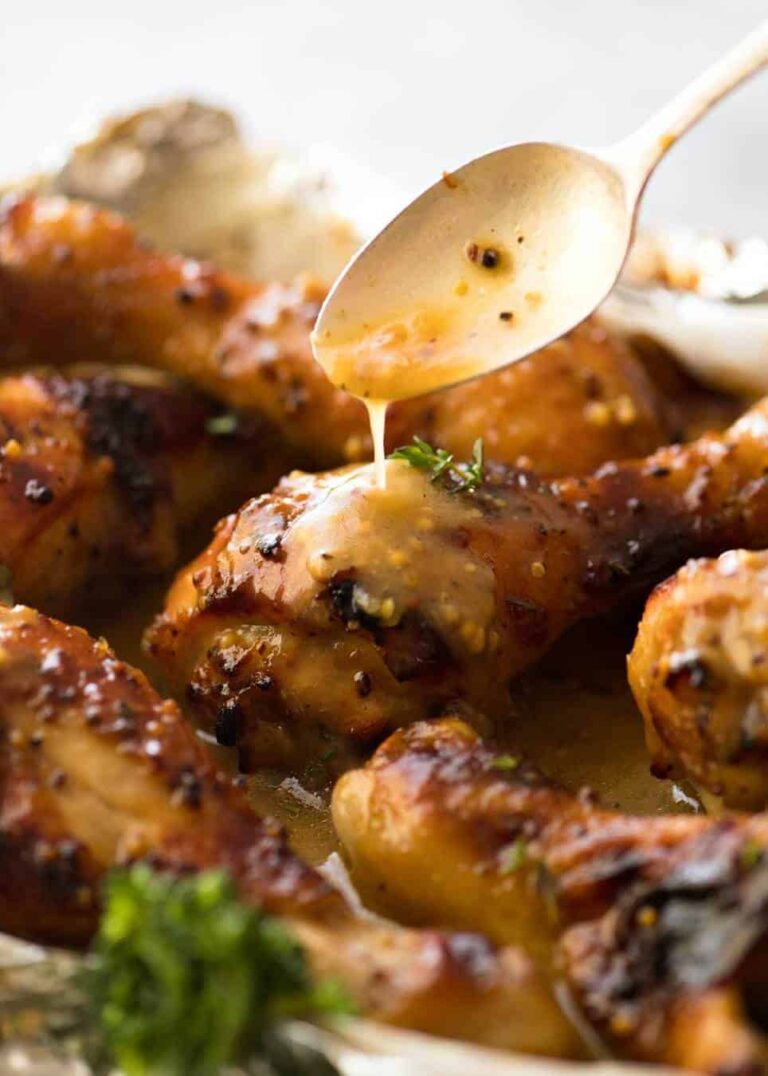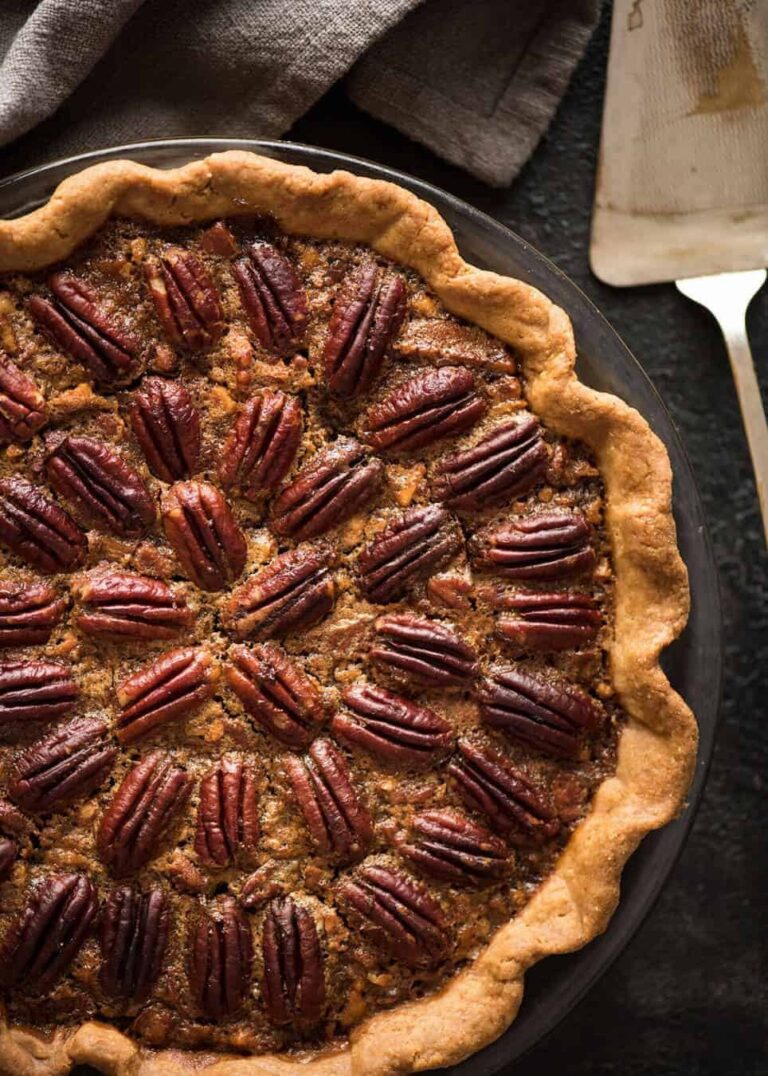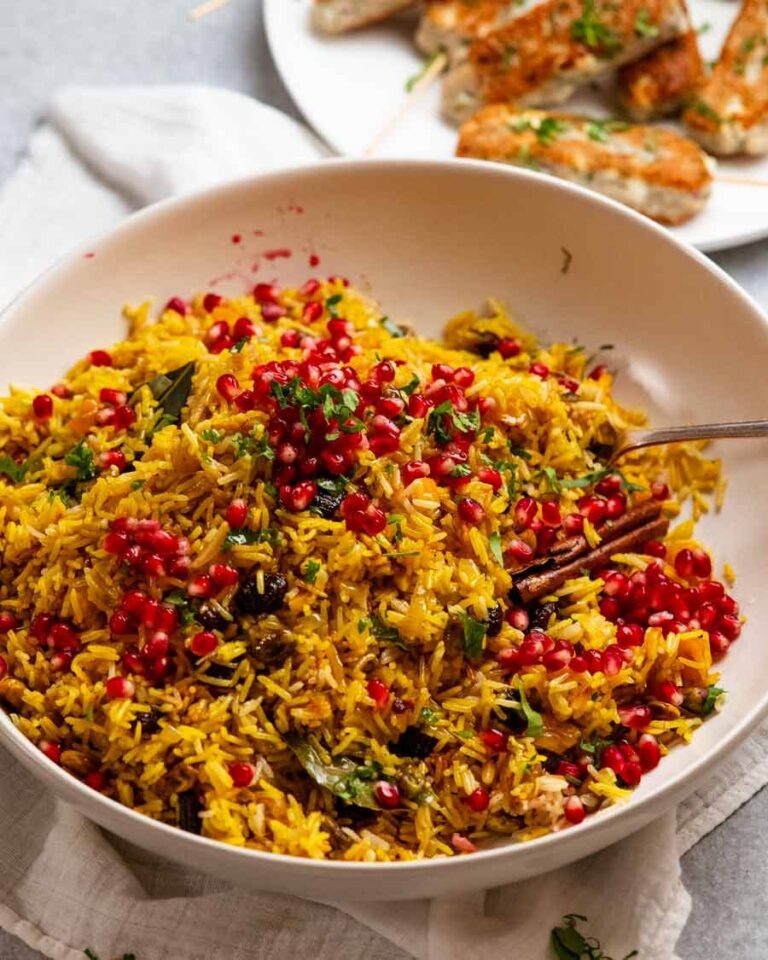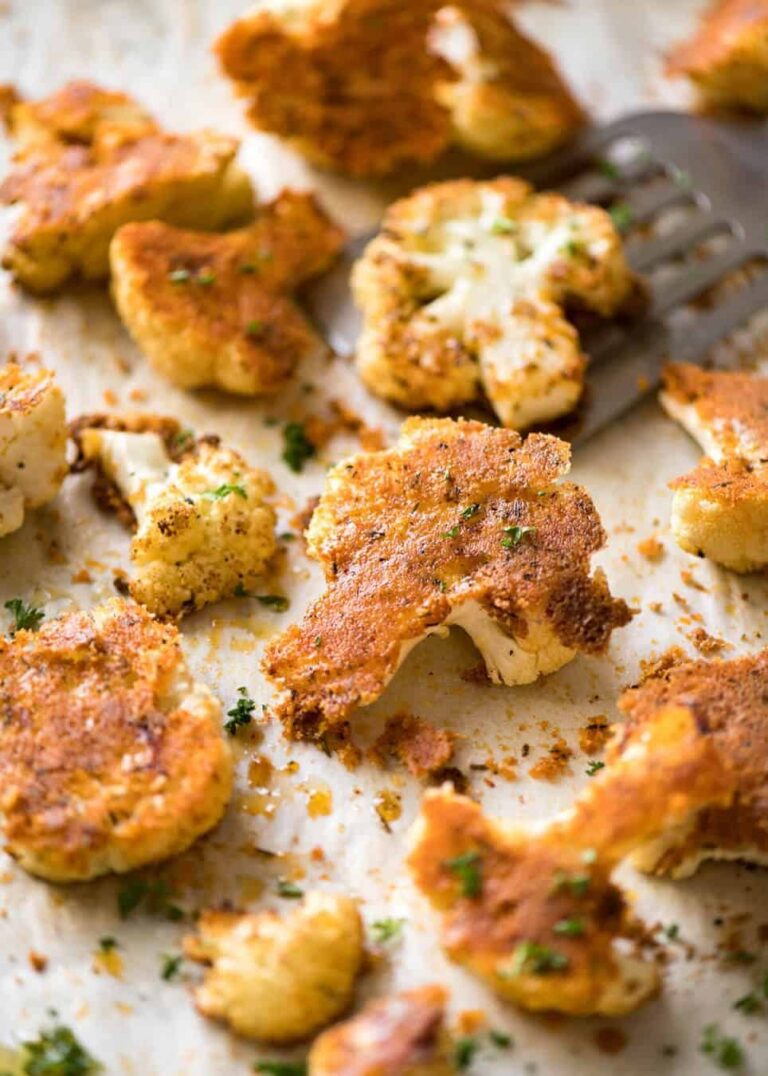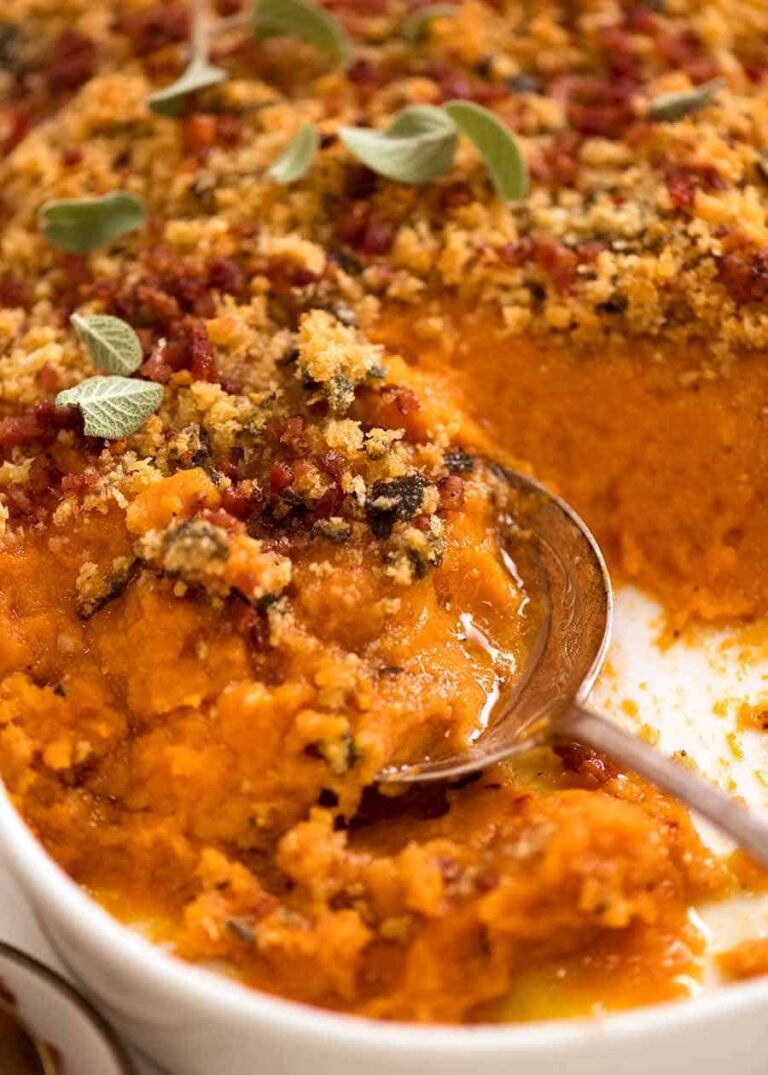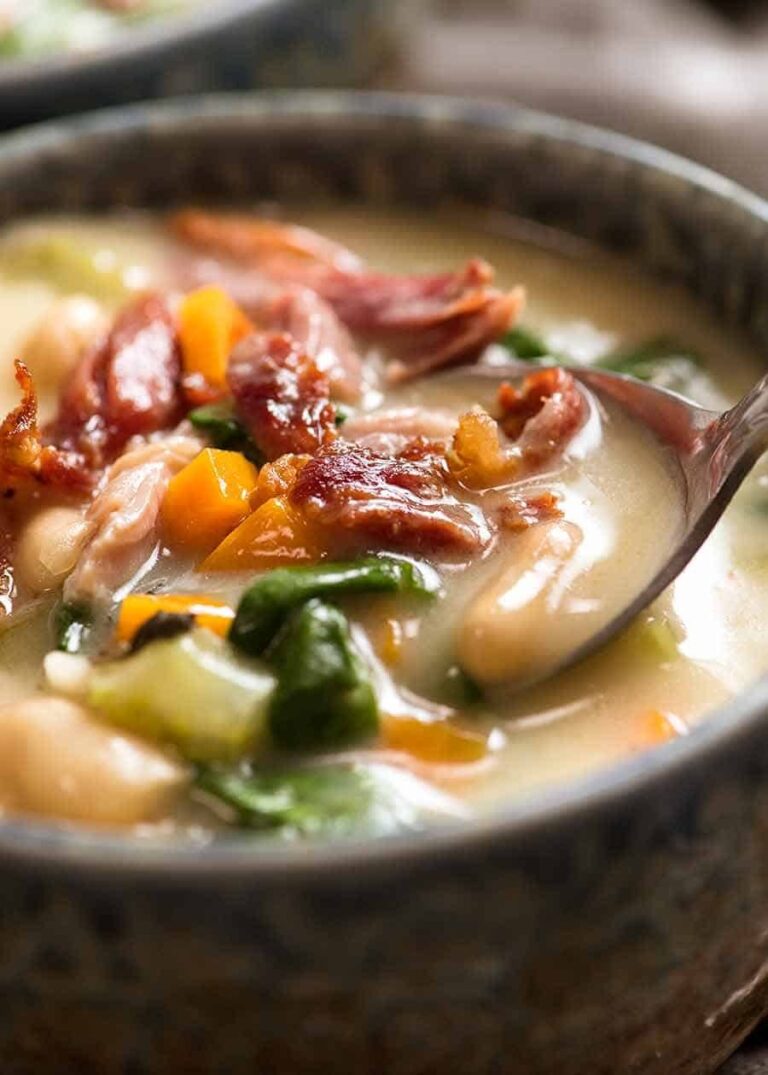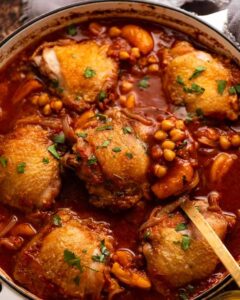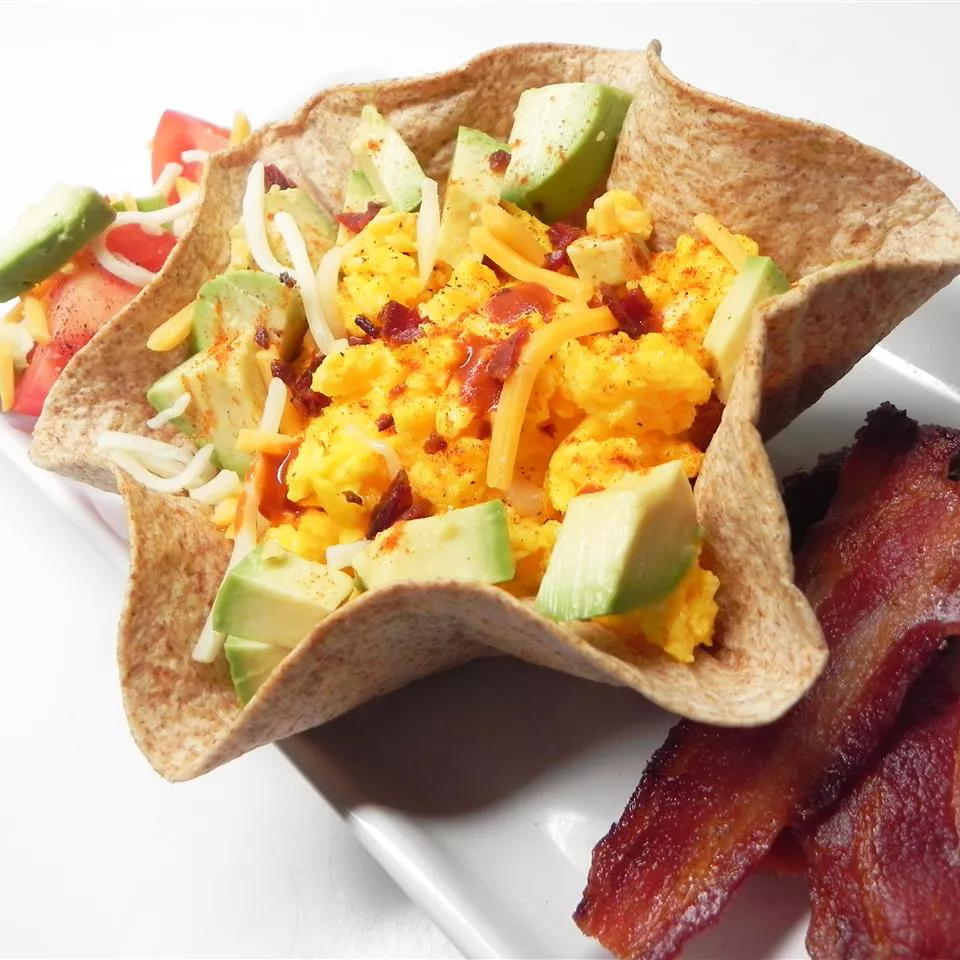
Beef Rendang Recipe
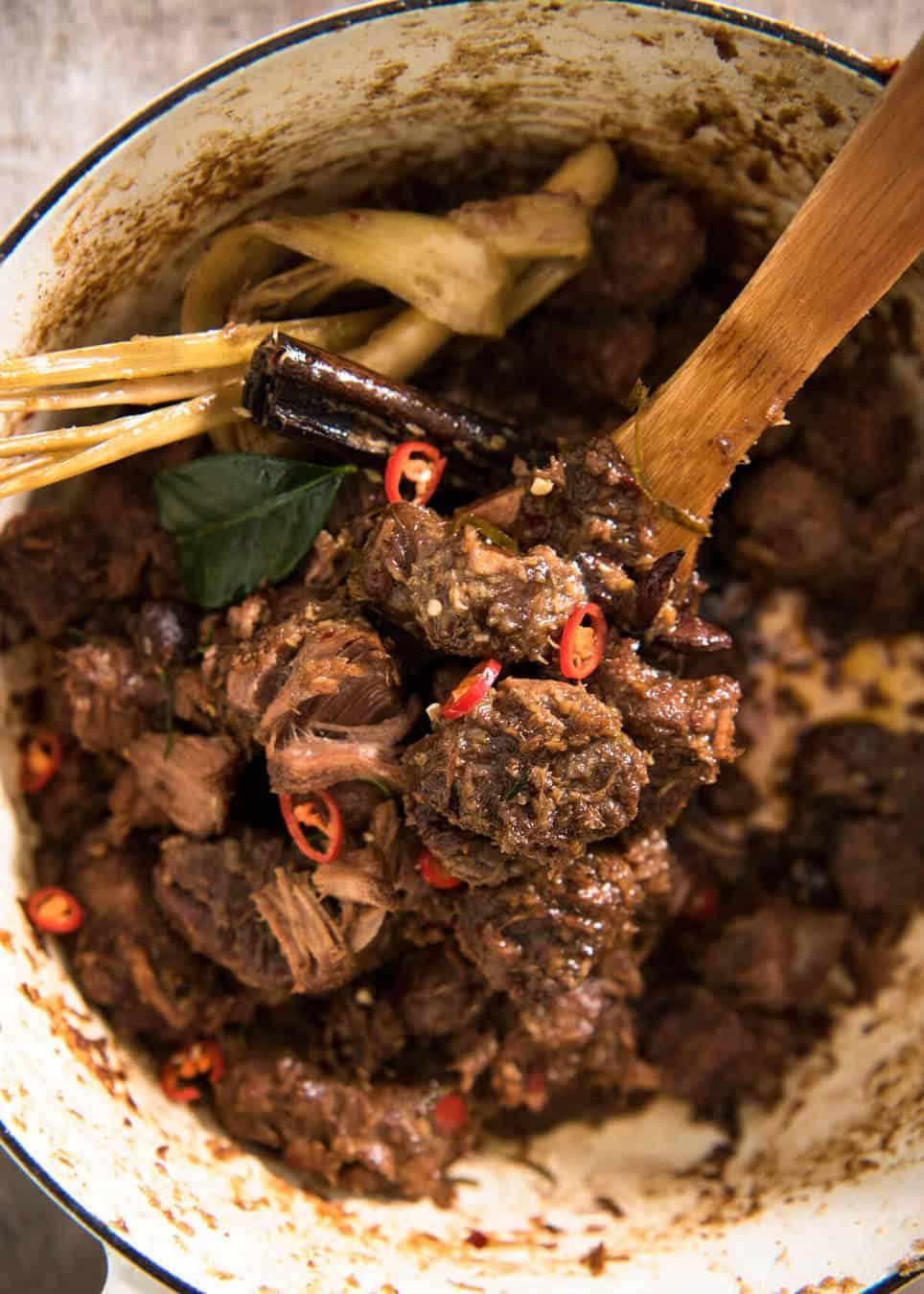
This Beef Rendang recipe is from a payroll woman at an organization I used to work for. It’s her Malaysian mom’s recipe. I nonetheless keep in mind, so a few years later, how we used to bond over meals on the water cooler!
Beef Rendang is the king of all curries!
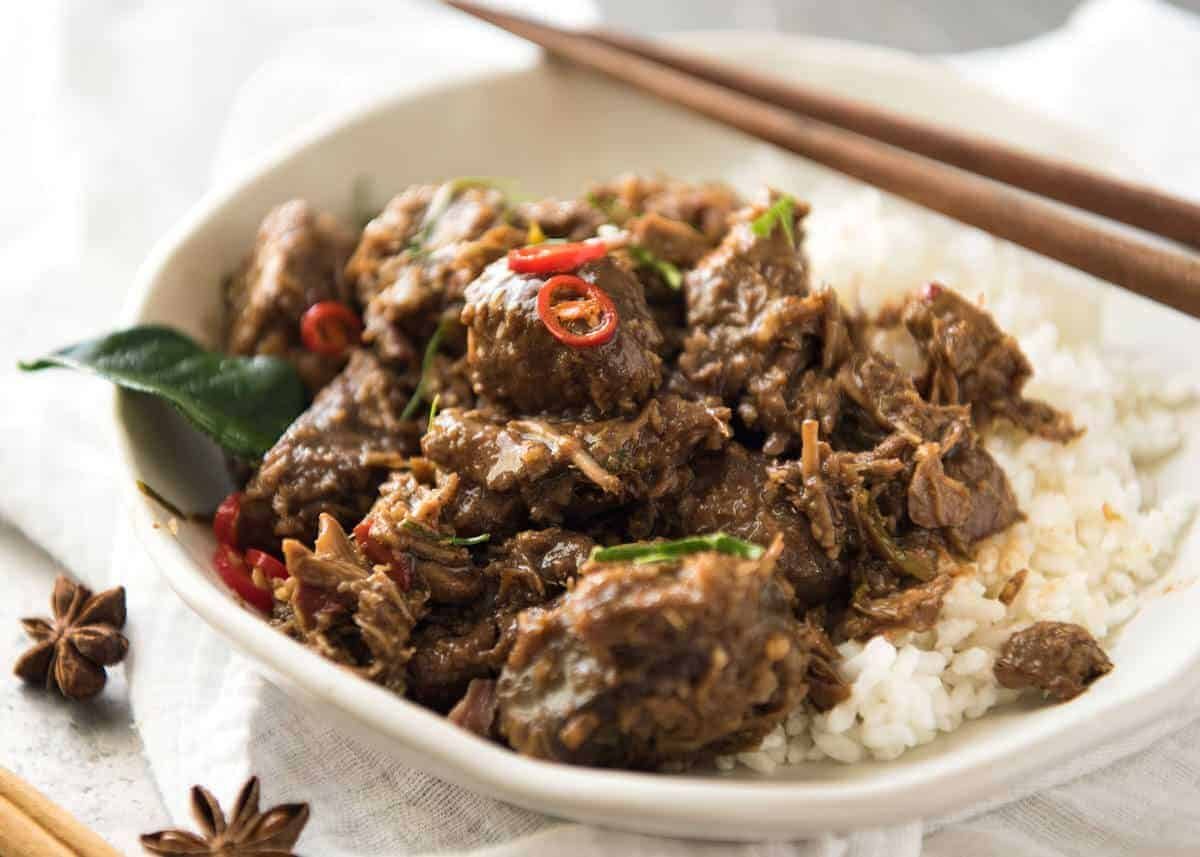
What’s Beef Rendang?
Beef Rendang is a Malaysian curry and is taken into account by many to be the king of all curries! To say it’s extravagantly scrumptious is an understatement. There are only a few curries on this world with such amazingly complicated flavours.
Initially from Indonesia although now extra effectively generally known as a Malaysia curry, the sauce is made with fragrant spices like cinnamon, cardamom and star anise in addition to contemporary aromatics together with lemongrass, garlic, ginger and galangal.
Not like many curries, Beef Rendang is a dry curry which implies there may be not a great deal of sauce. Nevertheless, the meat is so ridiculously tender and has a thick coating of sauce on every bit, so when the meat actually falls aside at a contact, it mixes by way of rice, flavouring it like saucy curries.
In the event you love South East Asian curries, Beef Rendang is surely the most effective!
Right here in Sydney, you will get all of the substances for Beef Rendang at Woolworths and Coles. Critically!
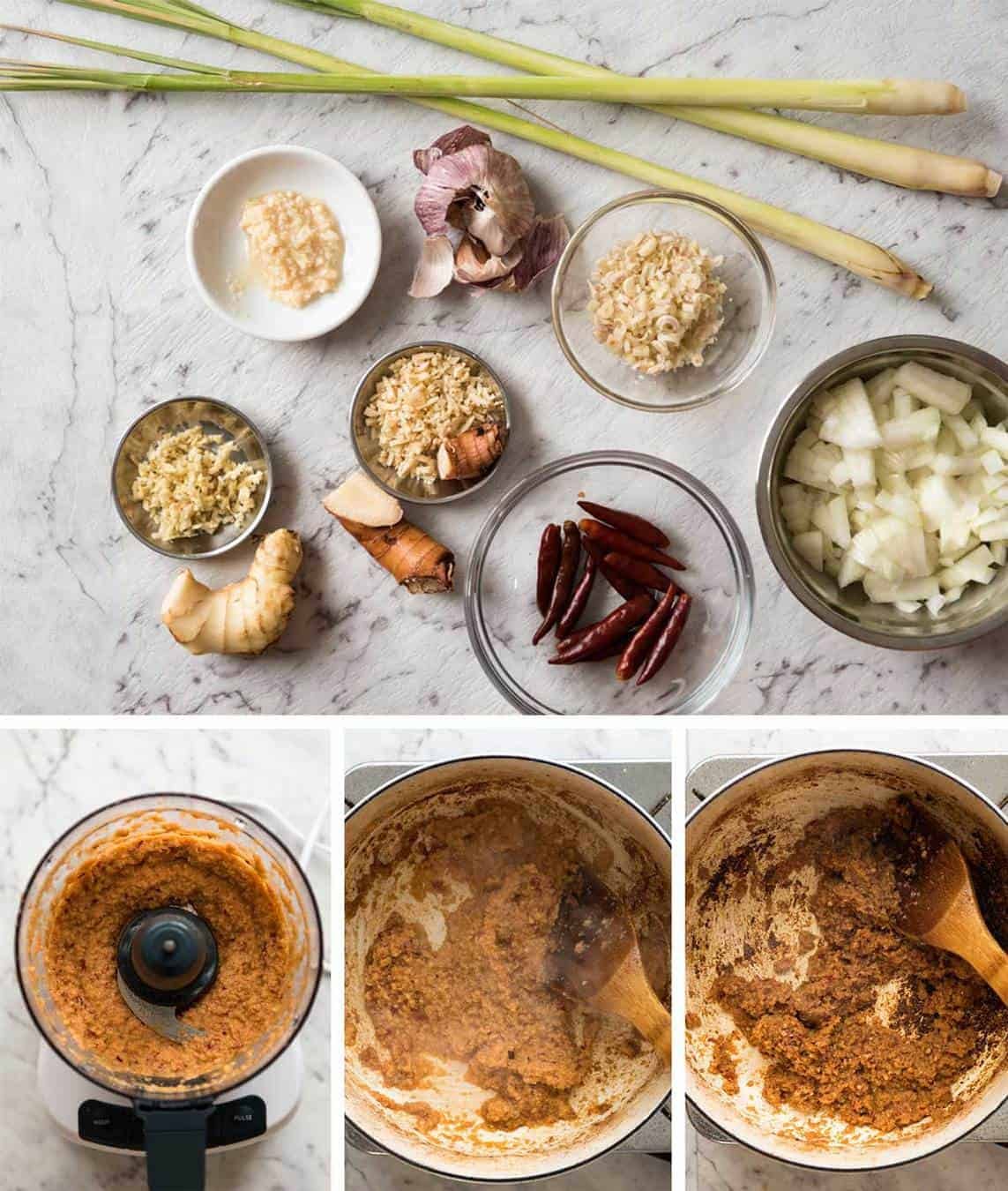
Although there’s a good few substances on this, a few of which is probably not acquainted to you and are actually not on a regular basis substances even in my world, it’s truly fairly a simple recipe:
-
Blitz curry paste ingredient in meals processor;
-
Brown the meat;
-
Cook dinner off the curry paste – releases superb flavour!
-
Add all the pieces else in and sluggish prepare dinner till the meat is extremely tender.
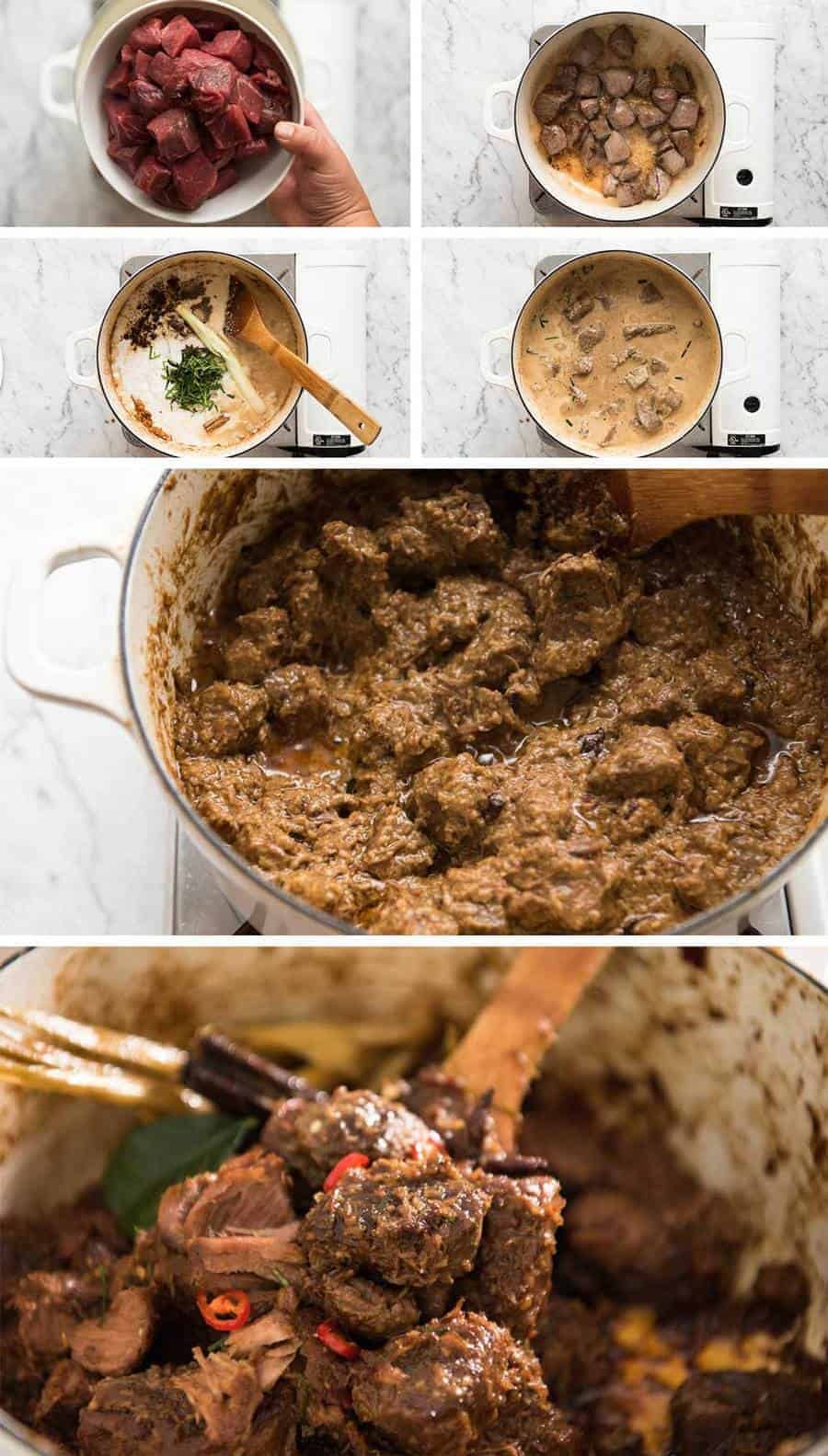
This Beef Rendang may be made in a sluggish cooker, however I discover it best to make all of it on the range. Particularly given it begins on the range with the browning of the meat and spice paste, then finishes on the range with the decreasing of the sauce and browning of the meat (this half can’t be achieved in a sluggish cooker).
That is a kind of recipes that simply will get higher with time. So every time attainable, I attempt to make this a day or two upfront. It additionally freezes extraordinarily effectively.
I serve this with my Restaurant Model Coconut Rice as a result of it’s my copycat of the coconut rice you get on the posh trendy Asian eating places!
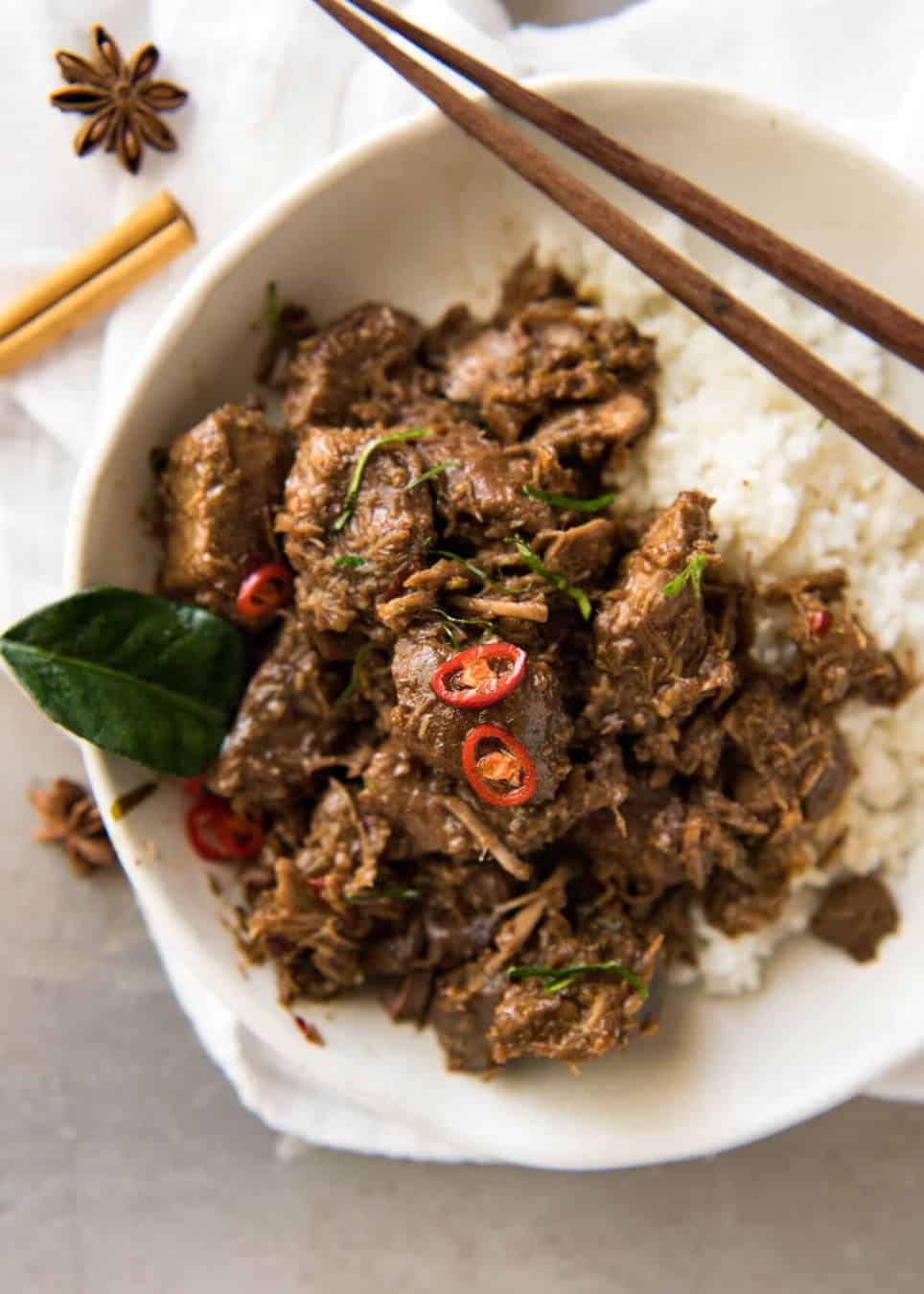
Ingredients
- 12 dried chilies, rehydrated in boiling water, or 12 large fresh (Note 1a)
- 1 small onion, finely chopped (Note 1b)
- 5 cloves garlic, minced
- 3 lemongrass stalks, white part only, sliced (Note 2)
- 1 1/2 tbsp fresh galangal, finely chopped (Note 3)
- 1 1/2 tbsp fresh ginger, minced
- 2 tbsp oil (vegetable, canola or peanut oil)
- 2 lb/ 1 kg chuck steak, or other slow cooking beef, cut into 4cm / 1.6″ cubes (Note 4)
- 1 tbsp oil (vegetable, peanut, canola)
- 1 cinnamon stick
- 1/4 tsp clove powder
- 3 star anise
- 1/2 tsp cardamon powder
- 1 lemongrass stick, bottom half of the stick only and smashed (Note 5)
- 400ml / 14 oz coconut milk (1 standard can)
- 2 tsp tamarind puree / paste, or tamarind pulp soaked in 1 tbsp of hot water, seeds removed (Note 6)
- 4 large kaffir lime leaves (or 6 small) , very finely sliced (Note 7)
- 1/3 cup desiccated coconut (finely shredded coconut)
- 1 tbsp brown sugar or grated palm sugar
- 1 1/2 tsp salt
Instructions
- Place Spice Paste ingredients in a small food processor and whizz until fine. NOTE: If using dried chilli and you know your food processor is not that powerful, chop the chilli first.
- Heat 1 tbsp oil in a large heavy based pot over high heat. Add half the beef and brown, then remove onto plate. Repeat with remaining beef.
- Lower heat to medium low. Add Spice Paste and cook for 2 – 3 minutes until the wetness has reduced and the spice paste darkens (don’t breathe in too much, the chilli will make you cough!).
- Add remaining Curry ingredients and beef. Stir to combine.
- Bring to simmer, then immediately turn down the heat to low or medium low so the sauce is bubbling very gently.
- Put the lid on the pot and leave it to simmer for 1 hr 15 minutes.
- Remove lid and check the beef to see how tender it is. You don’t want it to be “fall apart at a touch” at this stage, but it should be quite tender. If it is fall apart already, remove the beef from the pot before proceeding.
- Turn up heat to medium and reduce sauce for 30 – 40 minutes, stirring every now and then at first, then frequently towards the end until the beef browns and the sauce reduces to a paste that coats the beef. (Note 9)
- The beef should now be very tender, fall apart at a touch. If not, add a splash of water and keep cooking. Remove from heat and serve with plain or Restaurant Style Coconut Rice.
Notes
1a. Chillies – 12 dried chillies or long red fresh chillies (cayenne pepper) (seeds in) makes a fairly spicy curry but it’s not “blow your head off” spicy because the long cook time tempers the spiciness. You can adjust the level of spiciness to your taste – use 6 for a mild curry. To reduce spiciness, you can deseed the chilli – I do not do this.
If using dried chillies, rehydrate in boiling water (use lots, ignore the measly splash I used in the video, that was a mistake).
1b. Onion: Use a brown, white or yellow onion about the size of a tennis ball. Or half a large one or 6 shallots/eschallots chopped
2. Lemongrass: to prepare, peel the reedy green shell to reveal the softer white part on the bottom half of the lemongrass. Slice the white part and very pale green part only – the green part is too reedy.
If lemongrass is hard to come by, you can use PASTE: 2 tsp in the spice mix and add an extra teaspoon when you add the coconut milk etc. 🙂
3. Galangal is like ginger but it has a more sour and peppery flavour. If you can’t find it, just substitute with more ginger and a grind of black pepper.
4. Beef – You can use any slow cooking cut of beef for this recipe but chuck is best. As with all slow cooked beef recipes, the fattier beef, the juicier the meat will be when cooked. Gravy beef and beef cheeks are also good. Brisket will work but has less fat throughout so not as juicy.
It is best to buy one piece and cut it yourself into large cubes about the size of golf balls. Larger cubes are better for this dish because this is not only slow cooked but also cooked down to reduce the sauce to almost a “paste” like consistency and if you use small pieces of beef, they may fall apart and shred in the pot when you stir the curry. It is much easier to handle larger pieces.
5. Smash the lemongrass to help the flavour infuse into the curry. Use the side of your knife, a meat mallet or a tin.
6. Tamarind puree is made from tamarind fruit. It is quite tart, but not as sour as lemon. You can buy tamarind puree from the Asian section of large supermarkets in Australia (or Asian grocery stores). If you are using tamarind pulp (sticky block of dried tamarind), soak it in 2 tbsp of hot water and remove the seeds, then use as per recipe directions.
You can substitute the tamarind with 2 tsp of vinegar (white or brown, but not balsamic) or lemon juice.
7. Kaffir Lime Leaves – there is no substitute for the earthy lime flavour you get from fresh kaffir lime leaves so I really recommend buying fresh ones. They freeze well and last for ages and are commonly found in many South East Asian dishes. You can substitute with dried kaffir lime leaves. As a last resort, you can use 1 tbsp of lime juice + the rind of 1 lime, but the flavour will not be quite the same.
8. Slow Cooker – To make this in a slow cooker, do the steps up to searing the beef in a pan then pour the contents in your slow cooker. Pour 1/2 cup water into the pan and bring to simmer, making sure to scrape all the brown bits off the bottom of the pan to mix in with the water, then pour the water into the slow cooker (make sure you scrape in as much of the brown bits as you can!). Slow cook on low for 6 hours. Then pour the curry into a pot and follow the recipe steps to reduce the sauce.
Pressure cooker / instant pot – follow slow cooker steps but cook on high for 30 minutes, allow to depressurise naturally for 10 minutes before releasing steam.
9. This is what happens when the Sauce reduces: Once the sauce reduces right down, the oil will separate (see photo in post). Then you end up browning the beef in that oil – this is where the deep brown Rendang colour comes from. Rendang is not a wet, saucy curry, it all reduces down into a sticky paste that coats the beef.
By this time, the beef should be “fall apart at a touch” and there will be bits of shredded beef that looks like coconut that stick to the beef.
10. Simple Lightly Pickled Cucumber Side that goes with this well: Slice cucumbers on the diagonal and place into a bowl. For each cucumber you are using, sprinkle over 1 tsp of rice wine vinegar, a small pinch of salt and white sugar (each). Leave to lightly pickle for at least 20 minutes, up to 24 hours.
11. STORING: Rendang, like other slow cooked things, just gets better with time. Great on the day it’s made, fantastic the next day and the next. Freezes well too.
12. Originally published in November 2014, updated to improve as follows: original recipe used whole cardamon and cloves, these are impossible to pick out and I don’t like crunching into them. So I now use powder. Also, in authentic recipes, the curry paste goes in first then the beef is added. Doing it this way, the beef does not brown. I like browning beef first because you get that gorgeous caramelisation that adds flavour.
